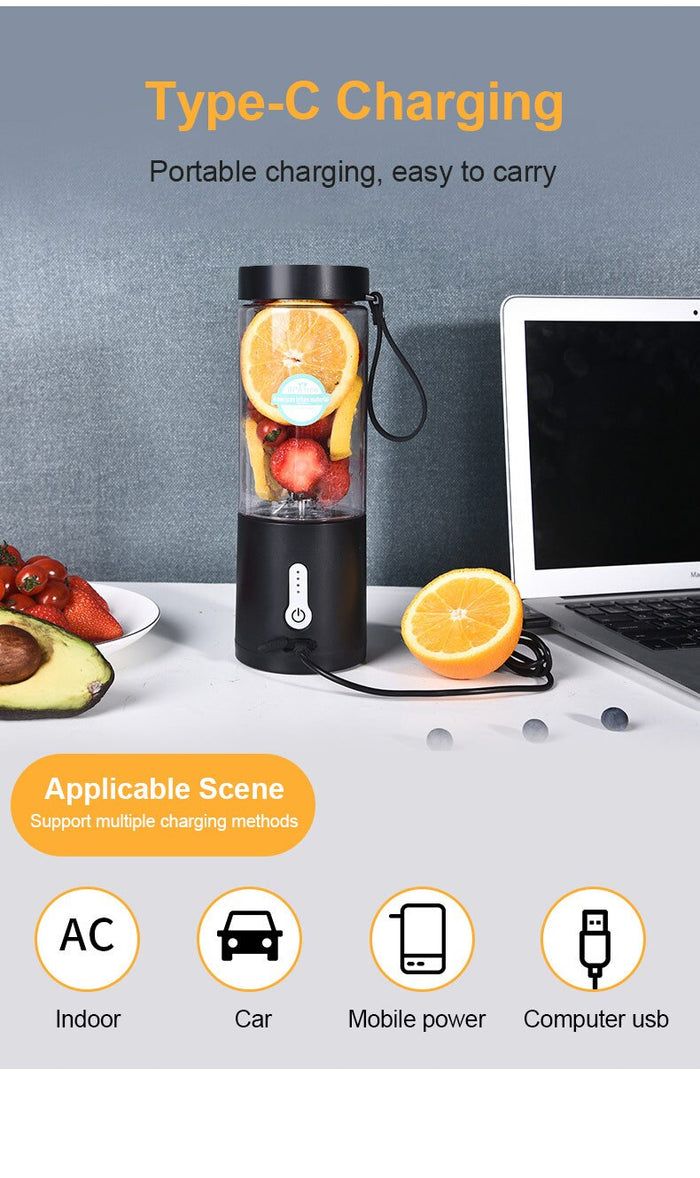As people age, their skin begins to lose volume, which can lead to the formation of wrinkles and fine lines. Dermal fillers have become increasingly popular as a non-invasive solution to this problem. They are injections that can help to restore lost volume and smooth out wrinkles and fine lines. However, many people wonder how long the results of dermal fillers last. In this article, we will discuss the longevity of dermal fillers and what factors can affect their duration.
What are Dermal Fillers?
Dermal fillers are injections that are used to add volume to the skin, smooth out wrinkles and fine lines, and enhance facial features. They are made up of various materials, including hyaluronic acid, calcium hydroxylapatite, and poly-L-lactic acid. The type of filler used will depend on the area being treated and the desired result.
How Long Do the Results of Dermal Fillers Last?
The duration of dermal fillers varies depending on several factors. The type of filler used, the area of injection, the amount of filler injected, and the individual's metabolism can all affect the longevity of the results.
Generally, hyaluronic acid fillers, such as Juvederm and Restylane, last between six months to one year. Calcium hydroxylapatite fillers, such as Radiesse, can last up to 18 months. Poly-L-lactic acid fillers, such as Sculptra, can last up to two years.
Factors That Affect the Longevity of Dermal Fillers
The longevity of dermal fillers can be affected by several factors, including:
Type of Filler: The type of filler used can affect how long the results last. As mentioned earlier, hyaluronic acid fillers tend to last the shortest amount of time, while poly-L-lactic acid fillers tend to last the longest.
Area of Injection: The area of injection can also affect how long the results last. Areas that experience more movement, such as the mouth and eyes, tend to break down the filler faster than areas with less movement, such as the cheeks.
Amount of Filler Injected: The amount of filler injected can also affect how long the results last. Injecting a larger amount of filler can lead to longer-lasting results, while injecting a smaller amount can lead to shorter-lasting results.
Individual Metabolism: Each person's body is unique and metabolizes fillers differently. Some individuals may break down fillers faster than others, leading to shorter-lasting results.
How to Extend the Results of Dermal Fillers
While the duration of dermal fillers is dependent on several factors, there are things you can do to help extend their results. These include:
Protecting Your Skin: Protecting your skin from the sun and using moisturizer can help to prolong the results of dermal fillers.
Leading a Healthy Lifestyle: Leading a healthy lifestyle, including eating a healthy diet and exercising regularly, can also help to extend the results of dermal fillers.
Maintaining Regular Appointments: Maintaining regular appointments with your healthcare provider for touch-ups can also help to extend the results of dermal fillers.
Conclusion
Dermal fillers are a popular non-invasive solution for restoring lost volume and smoothing out wrinkles and fine lines. The longevity of dermal fillers varies depending on several factors, including the type of filler used, the area of injection, the amount of filler injected, and the individual's metabolism. While the duration of dermal fillers is not permanent, there are things you can do to help extend their results.


